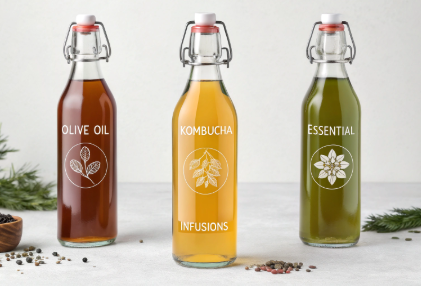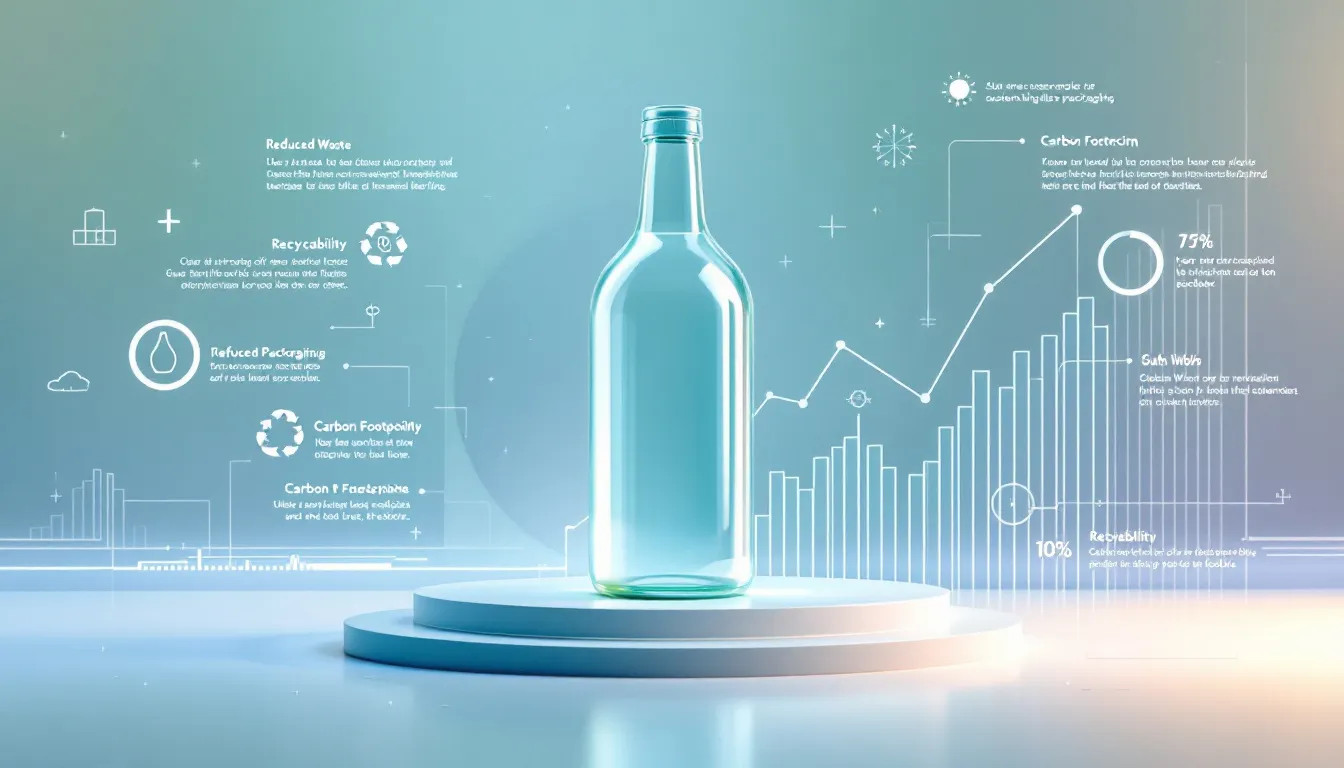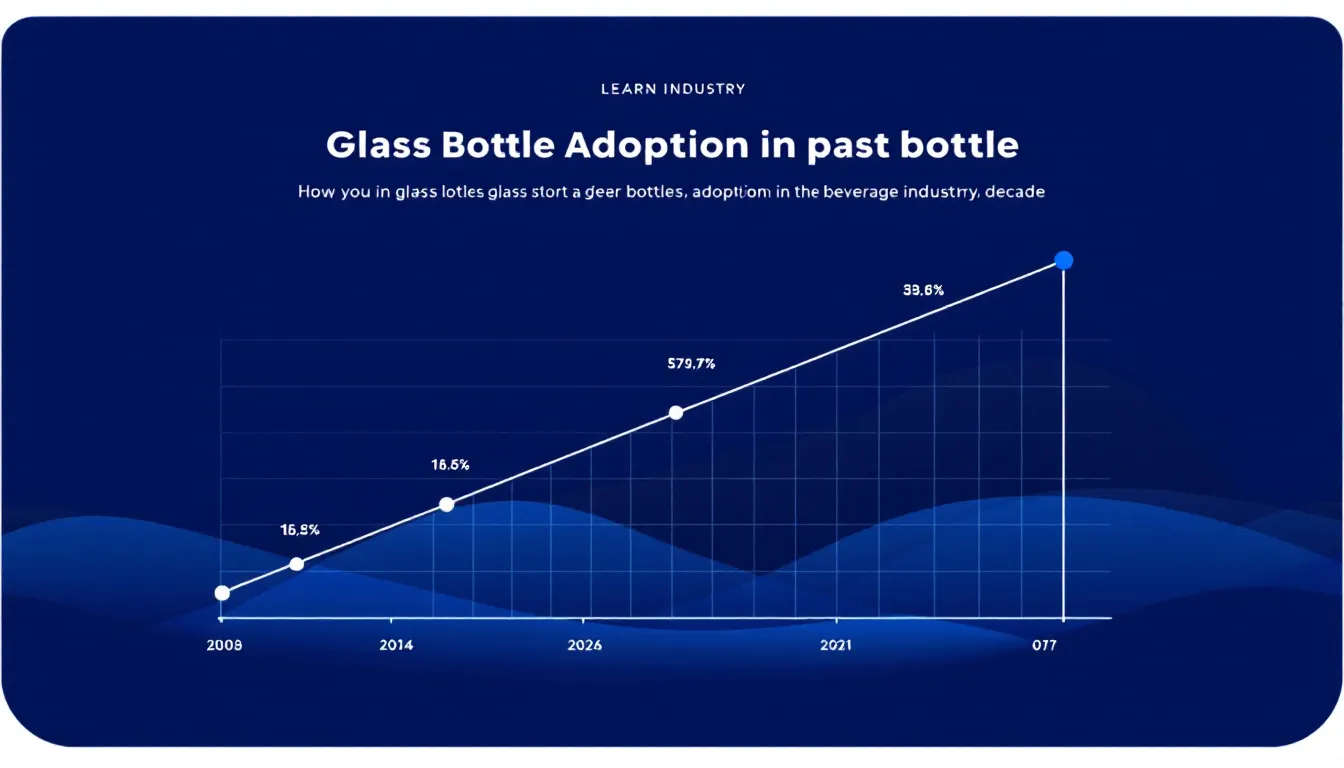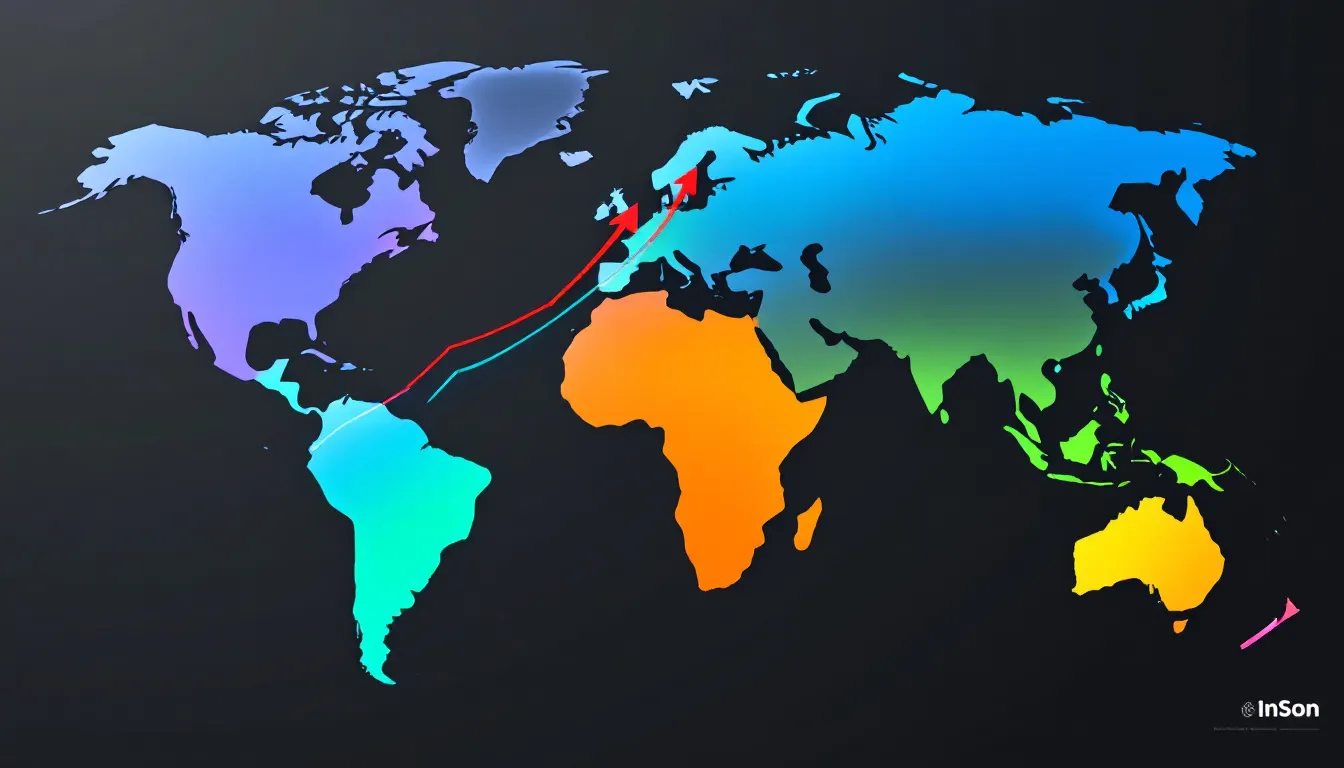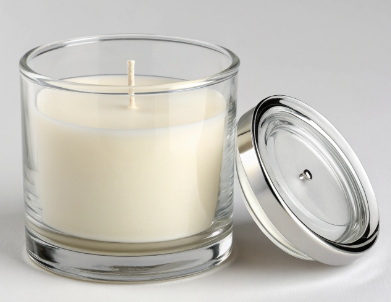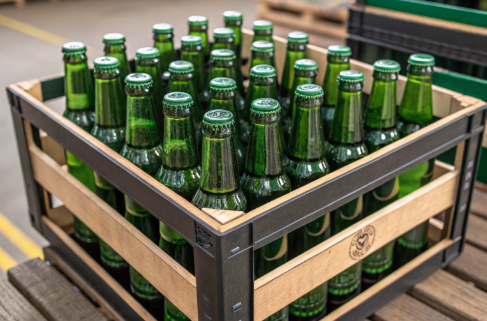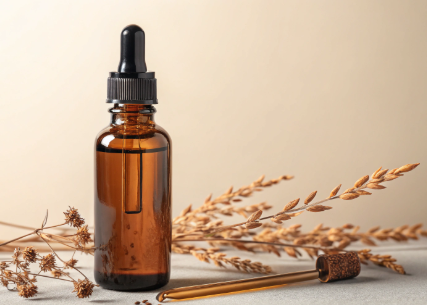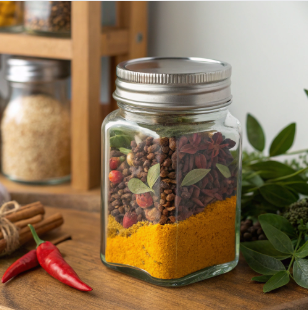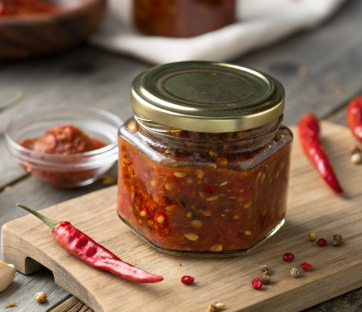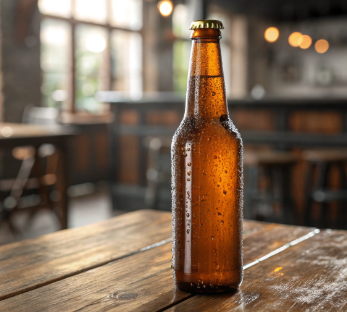The beverage industry is witnessing a significant shift toward glass bottles, with beverage industries playing a crucial role in driving the demand for glass packaging. This rising demand for glass bottles in the beverage industry trends and benefits is driven by health and safety concerns, premium appeal, sustainability, and recent innovations in glass technology. This article will uncover the trends fueling this shift and highlight the benefits that glass packaging offers to both consumers and brands.
Key Takeaways
-
The growing health-conscious consumer base is driving increased demand for glass bottles due to their safety, ability to preserve taste, and hygienic properties.
-
Glass bottles are perceived as premium packaging, enhancing brand image and consumer appeal, particularly for medium to high-end beverages and soft drinks.
-
The glass packaging market is experiencing significant growth, supported by sustainability trends, innovative lightweight technology, and regional demands, despite competition from alternative materials.
Health and Safety Concerns Drive Glass Bottle Demand
Health-conscious consumers are increasingly favoring glass bottles due to their non-reactive nature and ability to preserve the taste and nutritional value of beverages. Unlike plastic packaging, glass bottles do not release harmful chemicals into beverages, ensuring consumer safety and making them a safer choice for storing food and drinks. This rising demand for glass packaging is largely driven by the growing consumer preference for materials that do not compromise the quality and safety of the contents, offering a longer shelf life.
In the food and beverage industry, glass containers are highly valued for their ability to maintain the nutritional value of their contents by acting against bacterial contamination. This ensures that beverages remain as fresh and wholesome as when they were first bottled. Additionally, the smooth surface of glass bottles makes them easy to clean, further contributing to their hygienic qualities. These factors collectively enhance the appeal of glass packaging in a market where consumer expectations for safety and quality are at an all-time high.
Glass packaging is also preferred in the spirits industry due to its ability to protect the quality of alcoholic beverages. The non-reactive nature of glass ensures that there is no interaction between the packaging material and the contents, preserving the integrity of premium spirits.
As health and safety concerns continue to drive consumer behavior, the increased demand for glass bottles in the beverages segment of the beverage industry is expected to witness healthy growth in the coming years.
Premium Appeal and Aesthetic Value of Glass Bottles
Glass bottles have long been associated with luxury and premium quality, making them a popular choice for brands that want to convey sophistication and high standards. Their substantial weight and transparency contribute to this perception, offering a premium experience in look, feel, and weight. This aesthetic appeal enhances the visual attractiveness of beverages, especially those with vibrant colors, making them stand out on store shelves.
The transparency of glass containers not only adds to their aesthetic value but also allows consumers to see the product inside, which can be particularly appealing for unique beverage offerings. This visibility can reduce food waste as well, as consumers can easily monitor the contents of the bottle. For medium to high-end beverages, including premium spirits and artisanal products, glass packaging is often the preferred choice, further enhancing its image of quality and exclusivity. Glass bottles are also widely used for packaging beverages, particularly beer, as they help preserve flavor and prevent contamination, making them essential in maintaining the quality of beer and other alcoholic drinks.
Investing in high-quality o i glass designs gives companies a competitive advantage as consumer preferences continue to evolve. The rise in popularity of premium and artisanal beverages is driving demand for glass packaging, as brands seek to differentiate themselves through superior product presentation.
Adopting glass packaging allows companies to enhance their brand image and attract consumers who appreciate both the aesthetic and functional benefits of glass bottles.
Sustainability and Environmental Benefits of Glass Packaging
One of the most compelling reasons for the increasing demand for glass packaging is its sustainability. Glass is infinitely recyclable without losing quality, making it an eco-friendly packaging solution. In Europe, over 76% of glass bottles are recycled, reflecting a high consumer preference for environmentally friendly packaging materials. This contributes significantly to environmental sustainability, as every tonne of recycled glass reduces carbon dioxide emissions by 580 kg during the production process.
Glass production relies on abundant natural raw materials such as soda ash, which is a key component in the manufacturing process. The use of soda ash, along with other natural materials, enhances the sustainability of glass production by reducing reliance on non-renewable resources.
The use of recycled glass in manufacturing also conserves natural resources, with each tonne of cullet saving 1.2 tonnes of virgin materials. Innovations in sorting and processing recycled glass are continually being developed to enhance efficiency and cost-effectiveness. Recycling facilities play a crucial role in supporting the efficient collection, sorting, and processing of glass waste, enabling more sustainable glass production. These advancements in glass recycling processes not only reduce energy consumption but also set new standards for sustainable packaging solutions.
Regulatory pressures are pushing the beverage packaging industry towards more sustainable materials, and glass packaging is at the forefront of this shift. Infinitely recyclable and reusable, glass bottles are increasingly favored by consumers seeking eco-friendly alternatives to plastic packaging. As environmental awareness grows, the demand for glass packaging is expected to rise, driven by both consumer demand and regulatory support.
Innovations in Lightweight Glass Technology
Innovations in lightweight glass technology are revolutionizing the glass packaging industry, making it more efficient and environmentally friendly. Over the past two decades, the average weight of glass bottles has decreased by 30%, enhancing efficiency without compromising quality. This reduction in weight not only lowers transportation costs but also reduces carbon emissions associated with shipping.
One notable advancement is the introduction of Echovai technology, which has led to the creation of the world’s first returnable bottle made from tempered lightweight glass. This technology significantly reduces the weight of the bottle while improving its durability, making it an ideal solution for various beverages. Brands have successfully reduced the weight of wine bottles from 90 grams to 65 grams, achieving significant carbon emissions reductions while preserving quality.
Research and development investments are crucial for ensuring that lighter glass containers meet the necessary strength criteria for various beverages. As advancements in lightweight glass bottles continue, the beverage industry is expected to see further adoption of these sustainable packaging solutions, aligning with consumer preferences and sustainability goals.
Consumer Demand and Preferences for Glass Bottles
The demand for glass bottles is experiencing a remarkable surge, fueled by a growing consumer preference for sustainable packaging solutions and the timeless aesthetic appeal of glass containers. In today’s beverage industry, glass bottles are widely recognized as a premium packaging material, offering a unique blend of benefits that include preserving taste, freshness, and product quality. Their nonporous, impermeable, and non-toxic nature makes them especially attractive to health-conscious consumers who prioritize safety and purity in their food and beverage choices.
This rising demand is closely linked to increasing awareness of the environmental impact of alternative packaging materials, particularly plastic packaging. As consumers become more eco-conscious, there is a clear shift toward packaging materials that help reduce carbon footprint and support environmental sustainability. Glass packaging stands out as an eco friendly packaging solution, being infinitely recyclable without losing quality. The use of recycled glass in making glass bottles not only conserves raw materials but also significantly lowers energy consumption during production.
Market trends indicate that the global market for glass bottles is set for significant growth, driven by the increasing demand for sustainable packaging and the desire for premium quality products. Both the beverage and pharmaceutical industries are at the forefront of this trend, adopting glass packaging as their preferred material to meet evolving consumer expectations. The introduction of lightweight glass bottles is further accelerating market growth, as manufacturers seek to minimize environmental impact while maintaining the premium feel and durability that glass provides.
Beyond the food and beverage industry, the pharmaceutical industry is also embracing glass containers for their non-reactive properties and ability to preserve the potency and quality of medications. This is particularly evident in the Asia Pacific region, where rapid growth in pharmaceutical demand is contributing to the expansion of the glass packaging market.
In summary, the growing demand for glass bottles is driven by a combination of sustainability concerns, aesthetic appeal, and the need for packaging materials that ensure product integrity. As consumer demand continues to rise, brand owners and manufacturers are responding with innovative technologies that reduce energy consumption and increase the use of recycled glass, reinforcing glass packaging as a leading choice for eco friendly, premium quality solutions in the global market.
Market Trends in Glass Bottle Adoption
The market for glass bottles and containers is experiencing steady growth, driven by increasing consumer demand and regulatory support. The wholesale glass bottles and containers market is projected to grow from USD 71.7 billion in 2024 to USD 101.5 billion by 2031, with a CAGR of 5.1%. This growth is fueled by the beverage industry’s preference for sustainable and premium packaging options.
Regional trends show significant market expansion in North America, driven by consumer demand for eco-friendly packaging. Europe holds the largest share of the glass bottle market, influenced by strong regulatory frameworks for recycling and sustainability. Meanwhile, the Asia-Pacific region is identified as the fastest-growing market for glass bottles, fueled by urbanization and increasing consumer incomes. The Middle East is also emerging as a key market, with rising demand for glass bottles driven by industrial growth in the food, beverage, and healthcare sectors. This region presents new opportunities for glass container producers as market opportunities continue to expand.
Emerging trends such as personalization and smart technology integration in packaging are expected to foster innovation in the glass bottle market. These trends cater to evolving consumer preferences and enhance the competitive edge of glass packaging in the global market. As companies continue to adopt glass packaging, the demand for glass bottles is expected to witness steady growth, driving market expansion.
Challenges and Competition from Alternative Materials
Despite the growing demand for glass bottles, the industry faces significant competition from alternative packaging materials. Metal cans, for instance, offer excellent barrier properties and mechanical resistance, extending the shelf life of beverages in beverage bottles. Plastics and aluminum also challenge glass bottles in various beverage segments due to their lightweight and durable nature.
Shipping and handling of glass packaging can incur higher costs due to the risk of breakage. However, advancements in stronger and tempered glass technology and improved package designs are helping mitigate some of the inherent fragility of glass materials. Lightweighting in glass manufacturing reduces material use and transportation costs while lowering carbon emissions, making glass a more competitive option.
Plastic and PET bottles offer advantages such as being lighter, more portable, and reducing storage costs, which makes them attractive alternatives. Paper containers are often preferred for their low cost and lightweight nature, adding further competition to glass packaging.
To maintain competitiveness, the glass packaging industry is focusing on personalized and smart packaging solutions that cater to diverse consumer needs.
The competitive landscape for food and beverage packaging includes:
-
Plastic, which offers flexibility and lightweight options
-
Metal, known for its durability and recyclability
-
Glass, which is favored for its sustainability and premium feel
Each material has its own set of benefits and challenges.
As consumer preferences continue to shift towards sustainable packaging solutions, the demand for glass packaging is expected to grow, despite the competition from eco friendly alternative materials.
Regional Insights on Glass Bottle Market Growth
The glass packaging market is witnessing significant growth in market share across various regions, each driving market growth by unique factors.
In the Asia-Pacific region, the market is projected to experience rapid growth due to:
-
Rising manufacturing and healthcare developments
-
Industrialization
-
Population growth
-
Demand for packaged foods and drinks
These factors further bolster the dominance of this region in the global glass packaging market.
In North America, the popularity of glass packaging is increasing due to strict environmental rules, leading manufacturers to adopt eco-friendly packaging materials. Significant growth is anticipated as companies adapt to evolving consumer preferences and regulatory requirements. The healthcare, food & beverages, and cosmetics industries are key contributors to the growth of glass packaging in this region.
Europe’s glass packaging market is driven by key contributors such as Germany, France, Italy, and the United Kingdom, benefiting from increasing environmental awareness. These regions are witnessing a steady increase in the adoption of glass packaging, supported by strong regulatory frameworks and consumer demand for sustainable options. As glass packaging continues to gain traction, regional insights provide a comprehensive understanding of market dynamics and growth potential.
Key Players in the Glass Bottle Industry
The glass bottle industry is dominated by several key players who are driving innovation and expansion. Major companies in the glass packaging sector include Owens Illinois Inc., Amcor Limited, and Gerresheimer AG. These companies are at the forefront of developing high-quality glass packaging solutions that meet the growing demand for sustainable and premium packaging options.
Ardagh Group has established long-term agreements with companies like Heaven Hill Brands to supply premium spirits bottles, showcasing the importance of partnerships in the industry. Innovation in design and packaging efficiency is a focal point for these collaborations, as seen in the partnership between Owens-Illinois and Krones AG. These alliances enable companies to stay competitive and meet diverse consumer needs.
Companies like Berlin Packaging are expanding their operations by acquiring local packaging suppliers to meet rising demand. This strategy allows them to enhance their market presence and offer a wider range of packaging solutions. As the demand for glass packaging continues to grow, these key players are well-positioned to lead the industry with their innovative approaches and commitment to sustainability.
Summary
The increasing demand for glass bottles in the beverage industry is driven by multiple factors, including health and safety concerns, premium appeal, sustainability, and technological advancements. Glass packaging offers numerous benefits, from preserving the quality of beverages to providing eco-friendly packaging solutions that meet consumer expectations. Regional insights reveal significant growth in markets like Asia-Pacific, North America, and Europe, each driven by unique factors.
As the industry continues to evolve, key players are leading the way with innovative designs and strategic partnerships. The future of glass packaging in the beverage industry looks promising, with a strong focus on sustainability and premium quality. Embracing these trends and overcoming challenges posed by alternative materials will be crucial for continued growth and success in the packaging market.
Frequently Asked Questions
Why are health-conscious consumers preferring glass bottles?
Health-conscious consumers favor glass bottles as they are non-reactive, ensuring that beverages maintain their taste and nutritional value without the risk of harmful substance leaching. This choice reflects a commitment to healthier, safer drinking options.
How does glass packaging contribute to environmental sustainability?
Glass packaging significantly contributes to environmental sustainability by being infinitely recyclable, which helps reduce carbon dioxide emissions and conserve natural resources during production.
What innovations are being made in lightweight glass technology?
Tempered lightweight glass bottles, developed through innovations like Echovai technology, exemplify progress in reducing weight while maintaining durability. This advancement demonstrates a significant shift towards more efficient glass solutions.
Which regions are experiencing the fastest growth in the glass packaging market?
The Asia-Pacific region is currently experiencing the fastest growth in the glass packaging market, driven by industrialization, population growth, and increasing demand for packaged foods and beverages.
Who are the key players in the glass bottle industry?
Key players in the glass bottle industry include Owens Illinois Inc., Amcor Limited, Gerresheimer AG, and Ardagh Group, all of which are significantly influencing innovation and expansion within the glass packaging sector.




